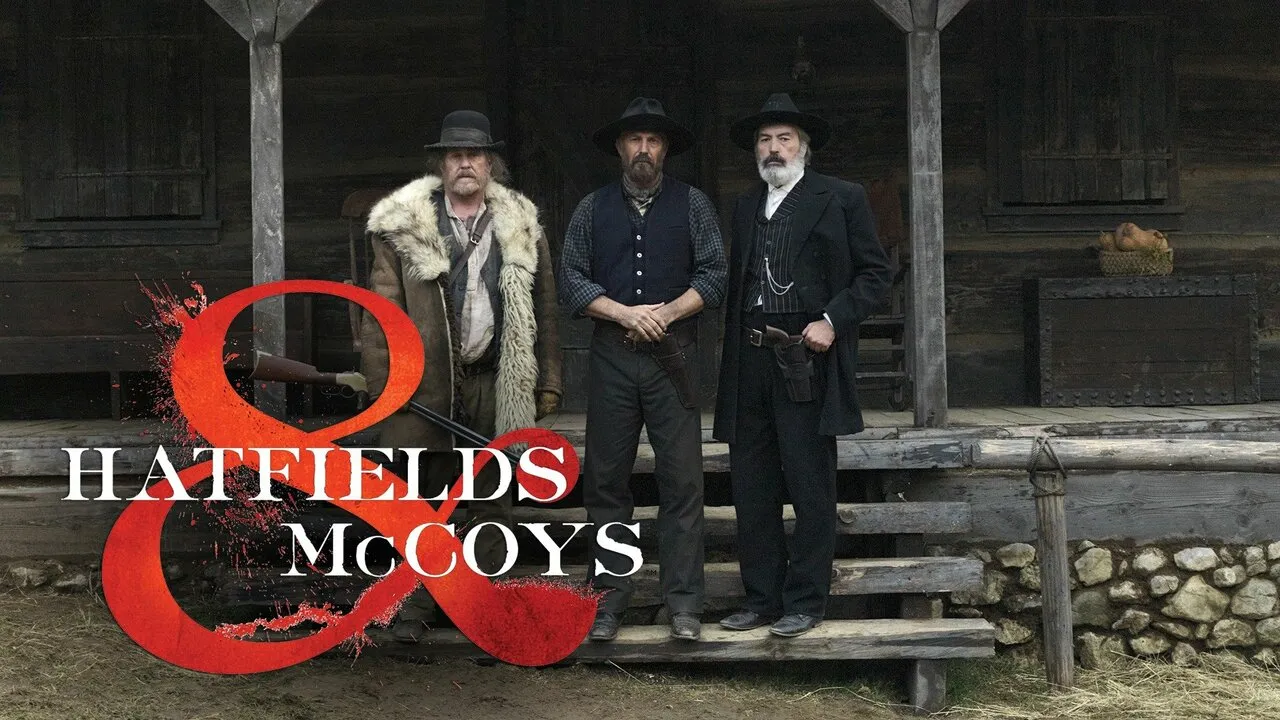The Man of Steel (2013) – A Bold Reimagining of Superman's Legacy
Man of Steel, directed by Zack Snyder and released in 2013, is a modern reimagining of the iconic Superman origin story. With a screenplay by David S. Goyer and production by Christopher Nolan, the film stars Henry Cavill as Clark Kent/Kal-El, Amy Adams as Lois Lane, Michael Shannon as General Zod, and Russell Crowe as Jor-El. This iteration takes a darker, more grounded approach to the Superman mythos, setting the tone for the later films in the DC Extended Universe (DCEU).
The film opens on the dying planet Krypton, where Jor-El sends his infant son, Kal-El, to Earth in hopes of preserving his race and giving his son a future. On Earth, Kal-El is raised by Jonathan and Martha Kent (Kevin Costner and Diane Lane) in rural Kansas as Clark Kent. As Clark grows up, he struggles to understand his identity and powers, while hiding his true nature from the world. His journey of self-discovery becomes urgent when General Zod, a fellow Kryptonian, arrives on Earth threatening to terraform the planet into a new Krypton.

Unlike earlier versions of Superman, Man of Steel focuses heavily on the internal conflict of the character—his isolation, the burden of his power, and the choice to become humanity’s protector. Henry Cavill’s performance brings strength and vulnerability to the role. His Superman is not the idealized, all-knowing hero, but a man grappling with what it means to be a symbol of hope.
Michael Shannon’s General Zod provides a powerful antagonist with clear motivations. Rather than being purely evil, Zod is portrayed as a patriot fighting to save his species, even if it means sacrificing Earth. This complexity makes the conflict more compelling and tragic. The final showdown between Zod and Superman is visually stunning and emotionally intense, culminating in a controversial but defining moment where Superman is forced to kill to save humanity.
Zack Snyder's visual style dominates the film, with sweeping landscapes, futuristic Kryptonian technology, and breathtaking aerial combat sequences. The action is large-scale and visceral, often compared to superhero epics like The Avengers, but with a more serious tone. Hans Zimmer’s thunderous, emotional score replaces John Williams' iconic theme, giving Man of Steel a unique sonic identity that reflects its more somber mood.

However, the film received mixed reactions upon release. Critics praised its ambition, performances, and updated mythology, but some criticized its heavy use of CGI, destruction-heavy climax, and lack of humor or lightness often associated with Superman. Still, for many fans, Man of Steel succeeded in bringing depth and realism to a character often considered too perfect or invulnerable.
In conclusion, Man of Steel is a bold, visually spectacular reboot that redefines Superman for a new generation. With its emotionally driven narrative, philosophical undertones, and darker tone, it sets the foundation for a complex cinematic universe while asking a timeless question: what does it mean to be a hero in a world that fears what it doesn’t understand?



